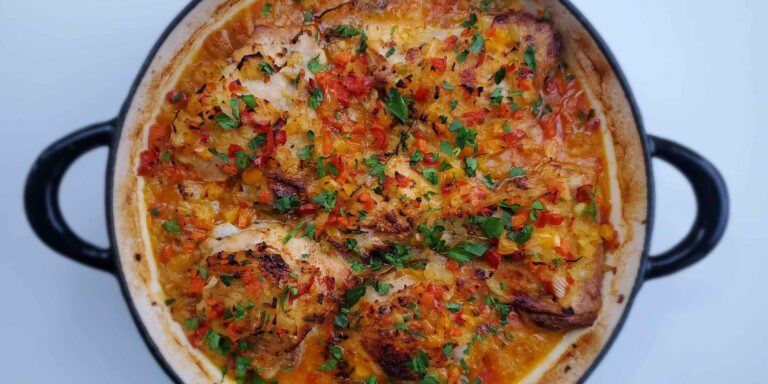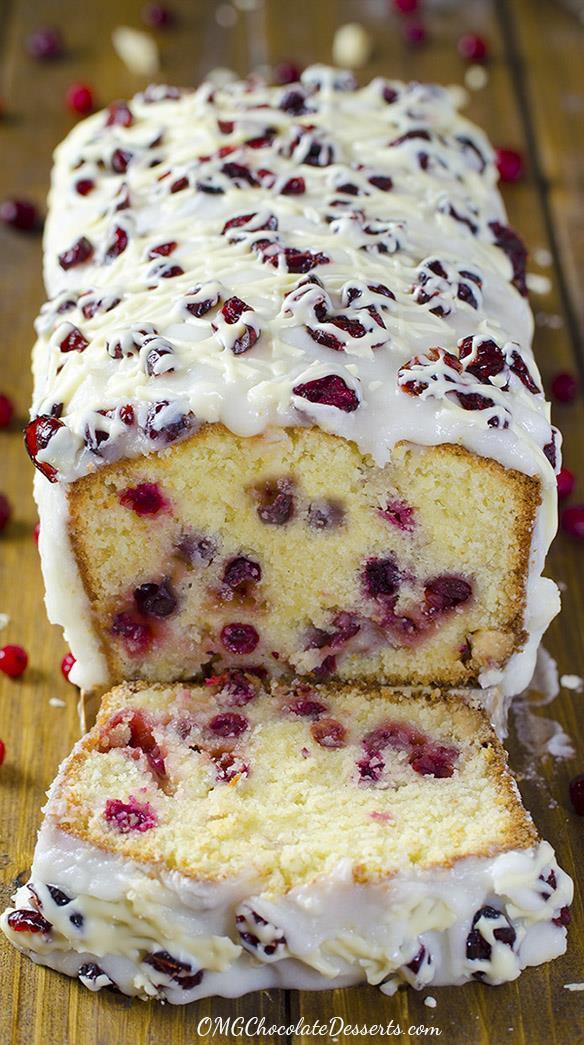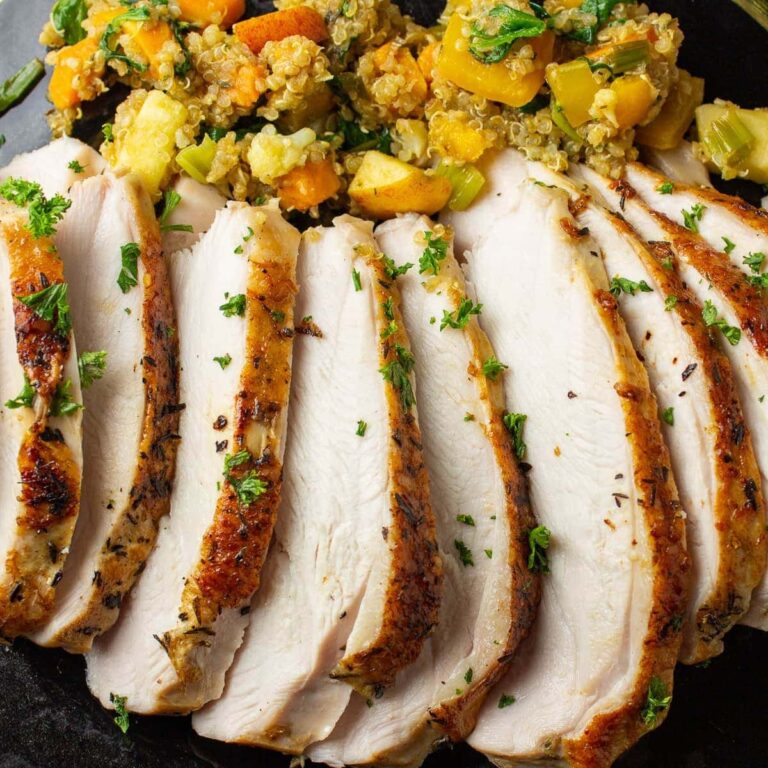Healthy And Delicious Wfpb Recipes: No Oil Required!
Looking for delicious and healthy recipes that are free from oil? Look no further! In this article, we’ve got you covered with a collection of mouthwatering Whole Food Plant-Based (WFPB) recipes that are completely oil-free. Whether you’re following a WFPB lifestyle or simply looking to incorporate more nutritious meals into your diet, these recipes will not disappoint. Get ready to tantalize your taste buds and nourish your body with these flavorful and wholesome dishes. Say goodbye to greasy cooking oils and hello to a new world of vibrant flavors and nourishing ingredients!
WFPB Recipes: Delicious and Nutritious Options without Oil
Following a whole-foods, plant-based (WFPB) diet is a great way to improve your health and overall well-being. This lifestyle focuses on consuming minimally processed foods, with an emphasis on fruits, vegetables, whole grains, legumes, nuts, and seeds. While oil is a common ingredient in many recipes, it is not essential for creating flavorful and satisfying meals. In fact, there are numerous WFPB recipes that do not require the use of oil. In this article, we will explore a variety of delicious and nutritious WFPB recipes that are oil-free. Whether you are new to WFPB eating or a seasoned veteran, these recipes will add both flavor and variety to your plant-based menu.
Benefits of an Oil-Free WFPB Diet
Before we dive into the recipes, let’s take a moment to understand the benefits of following an oil-free WFPB diet:
- Lower in Calories: Oil is a concentrated source of calories, with 120 calories per tablespoon. By eliminating oil from your diet, you can reduce calorie intake and promote weight loss or maintenance.
- Heart-Healthy: Oils, even those touted as healthy options, can negatively impact heart health. An oil-free WFPB diet helps lower cholesterol levels, reduce the risk of heart disease, and improve overall cardiovascular health.
- Improved Blood Sugar Control: Oil-free WFPB recipes are rich in fiber and complex carbohydrates, which promote stable blood sugar levels. This can be especially beneficial for individuals with diabetes or those looking to prevent the disease.
- Increase Nutrient Density: By removing oil from your meals, you make space for more nutrient-rich foods like fruits, vegetables, and whole grains. This boosts the overall nutritional quality of your diet, providing essential vitamins, minerals, and antioxidants.
- Enhanced Digestion: Cooking without oil can be gentler on the digestive system, reducing the risk of discomfort or digestive issues. Fiber-rich foods, often found in oil-free WFPB recipes, also promote regular bowel movements and a healthy gut.
Now that we understand the benefits, let’s explore a range of delicious WFPB recipes that are completely oil-free.
Breakfast Ideas
Start your day off right with these oil-free WFPB breakfast options:
Oatmeal with Fresh Berries and Nuts
Ingredients:
- 1 cup rolled oats
- 2 cups water or plant-based milk
- 1 cup mixed fresh berries (blueberries, raspberries, strawberries)
- 2 tablespoons chopped nuts (almonds, walnuts, or pecans)
- 1 tablespoon ground flaxseed (optional)
- 1 teaspoon cinnamon
- 1 teaspoon vanilla extract
- 1 tablespoon maple syrup (optional)
Instructions:
- In a saucepan, bring the oats and water (or plant-based milk) to a boil.
- Reduce heat and simmer for 5-10 minutes, stirring occasionally until the oats reach your desired consistency.
- Remove from heat and stir in the cinnamon, vanilla extract, and ground flaxseed (if using).
- Divide the oatmeal into bowls and top with fresh berries, chopped nuts, and a drizzle of maple syrup (optional).
This hearty and nutritious breakfast will keep you full and energized throughout the morning, providing a good balance of carbohydrates, protein, and healthy fats.
Chickpea Flour Pancakes
Ingredients:
- 1 cup chickpea flour
- 1/2 teaspoon baking powder
- 1/2 teaspoon turmeric
- 1/4 teaspoon black salt (kala namak)
- 1/4 teaspoon cumin powder
- 1/4 teaspoon paprika
- 1/2 cup water
- 1/4 cup chopped vegetables (bell peppers, onions, tomatoes)
- Fresh cilantro for garnish
Instructions:
- In a mixing bowl, whisk together the chickpea flour, baking powder, turmeric, black salt, cumin powder, and paprika.
- Add water gradually and whisk until you achieve a thick, smooth batter.
- Stir in the chopped vegetables.
- Heat a non-stick skillet over medium heat and pour a ladleful of the batter onto the skillet.
- Cook until the edges start to brown, then flip and cook the other side until golden.
- Repeat with the remaining batter.
- Garnish the pancakes with fresh cilantro and serve with a side of your favorite WFPB condiments.
These savory chickpea flour pancakes are packed with protein and make a delicious and filling breakfast option. Feel free to get creative with your choice of vegetables and spices.
Lunch and Dinner Recipes
Maintain your energy throughout the day with these satisfying and oil-free WFPB lunch and dinner recipes:
Quinoa and Black Bean Salad
Ingredients:
- 1 cup cooked quinoa
- 1 cup cooked black beans
- 1 cup cherry tomatoes, halved
- 1 cup diced cucumber
- 1/4 cup chopped red onion
- 1/4 cup chopped fresh cilantro
- 1 jalapeno, finely chopped (optional)
- Juice of 1 lime
- 1 tablespoon apple cider vinegar
- 1 teaspoon cumin powder
- Salt and pepper to taste
Instructions:
- In a large bowl, combine the cooked quinoa, black beans, cherry tomatoes, cucumber, red onion, cilantro, and jalapeno (if using).
- In a small bowl, whisk together the lime juice, apple cider vinegar, cumin powder, salt, and pepper.
- Pour the dressing over the salad and toss to combine.
- Allow the flavors to meld for at least 15 minutes before serving.
This refreshing and protein-packed salad is a perfect option for lunch or dinner. The combination of quinoa and black beans provides a complete source of plant-based protein, while the colorful vegetables add a delightful crunch.
Roasted Vegetable Buddha Bowl
Ingredients:
- 1 cup cooked brown rice
- Assorted vegetables (sweet potatoes, broccoli, cauliflower, bell peppers)
- 1 cup chickpeas, drained and rinsed
- 2 cups baby spinach
- 1/4 cup tahini
- 2 tablespoons lemon juice
- 1 clove garlic, minced
- 1/4 teaspoon cumin powder
- Salt and pepper to taste
Instructions:
- Preheat the oven to 400°F (200°C).
- Toss the vegetables in a bit of water or vegetable broth to moisten.
- Spread the vegetables on a baking sheet lined with parchment paper.
- Roast in the oven for 25-30 minutes, or until tender and slightly browned.
- In a small bowl, whisk together the tahini, lemon juice, minced garlic, cumin powder, salt, and pepper.
- Assemble the Buddha bowls by dividing the cooked rice, roasted vegetables, chickpeas, and baby spinach among four bowls.
- Drizzle the tahini dressing over the bowls and enjoy!
This wholesome Buddha bowl is a feast for the eyes and the taste buds. Packed with fiber, vitamins, and minerals, it offers a balanced and satisfying meal that you can customize with your favorite roasted vegetables.
Snack and Dessert Options
Satisfy your cravings with these tasty and oil-free WFPB snack and dessert ideas:
Roasted Chickpeas
Ingredients:
- 1 can (15 ounces) chickpeas, drained and rinsed
- 1 teaspoon smoked paprika
- 1/2 teaspoon garlic powder
- 1/2 teaspoon onion powder
- 1/4 teaspoon cumin powder
- 1/4 teaspoon cayenne pepper (optional)
- 1/2 teaspoon sea salt
Instructions:
- Preheat the oven to 400°F (200°C).
- Spread the chickpeas on a baking sheet lined with parchment paper.
- In a small bowl, combine the smoked paprika, garlic powder, onion powder, cumin powder, cayenne pepper (if using), and sea salt.
- Sprinkle the spice mixture over the chickpeas, tossing to coat them evenly.
- Bake for 30-40 minutes, or until the chickpeas are crispy and golden.
- Allow them to cool before enjoying as a crunchy and protein-rich snack.
Chocolate Banana Nice Cream
Ingredients:
- 2 ripe bananas, peeled and frozen
- 2 tablespoons unsweetened cocoa powder
- 1/4 cup plant-based milk
- 1/2 teaspoon vanilla extract
- 1 tablespoon maple syrup (optional)
Instructions:
- In a blender or food processor, combine the frozen bananas, cocoa powder, plant-based milk, vanilla extract, and maple syrup (if using).
- Blend until smooth and creamy, stopping to scrape down the sides as needed.
- Transfer the nice cream to a container and freeze for 1-2 hours until firm.
- Scoop into bowls or cones, and enjoy a guilt-free and decadent treat!
Transitioning to an oil-free WFPB diet doesn’t mean sacrificing flavor or satisfaction in your meals. These delicious and nutritious recipes demonstrate that you can create mouthwatering dishes without the need for added oils. From breakfast to dessert, the possibilities are endless when it comes to oil-free WFPB cooking. Explore these recipes, experiment with your favorite ingredients, and embrace the many benefits that an oil-free WFPB lifestyle has to offer.
The BEST Crispy Oil-Free Roast Potatoes \ Easy & Quick \ Starch Solution Recipe \ HCLF \ WFPB
Frequently Asked Questions
What are some delicious WFPB recipes that don’t use oil?
There are plenty of tasty whole food plant-based (WFPB) recipes that can be made without the use of oil. Here are a few examples:
Can I substitute oil with other ingredients in WFPB recipes?
Absolutely! Oil can be replaced with various healthier alternatives in WFPB recipes. For example, you can use vegetable broth, water, or unsweetened applesauce as a substitute for oil in baking. In sautéing or stir-frying, you can use vegetable broth or simply water instead of oil.
Are there any cooking techniques that can be used to eliminate the need for oil in WFPB recipes?
Yes, there are several cooking techniques that can help eliminate the need for oil in WFPB recipes. Some popular alternatives include sautéing with vegetable broth or water, using non-stick cookware, roasting vegetables without oil, steaming, grilling, and baking. These techniques allow you to cook delicious and healthy meals without relying on oil.
How can I add flavor to WFPB recipes without using oil?
There are numerous ways to add flavor to WFPB recipes without using oil. You can experiment with using herbs and spices, such as garlic, ginger, turmeric, cumin, and paprika. Citrus juices, vinegar, low-sodium soy sauce, or tamari can also enhance the taste of your dishes. Additionally, incorporating flavorful ingredients like onions, shallots, or roasted garlic can add depth to your recipes.
What are some tips for adapting traditional recipes to WFPB recipes without oil?
Adapting traditional recipes to WFPB recipes without oil can be fairly simple. Use the following tips:
- Replace oil with vegetable broth, water, or unsweetened applesauce in baking.
- Sauté or stir-fry using vegetable broth or water instead of oil.
- Roast vegetables without oil by using parchment paper or a silicone mat.
- Experiment with using herbs, spices, and flavorful ingredients to enhance taste.
- Choose non-stick cookware for cooking without oil.
- Explore alternative cooking techniques like steaming, grilling, and baking.
Are there any WFPB cookbooks or online resources available for oil-free recipes?
Yes, there are numerous cookbooks and online resources available that focus on oil-free WFPB recipes. Some popular options include “The Plant-Based Diet for Beginners” by Gabriel Miller, “Forks Over Knives” by Del Sroufe, and the website Forks Over Knives, which offers a variety of oil-free recipes. These resources can help you discover a wide range of delicious and healthy WFPB recipes without the use of oil.
Final Thoughts
In conclusion, if you’re looking to incorporate healthier options into your diet, WFPB recipes with no oil are a great choice. These recipes provide a variety of delicious and nutritious meals that prioritize whole plant-based ingredients while eliminating added oils. By utilizing ingredients such as fruits, vegetables, whole grains, legumes, and nuts, you can create satisfying meals without compromising on taste or health benefits. So, whether you’re a seasoned plant-based eater or just starting on your journey, WFPB recipes without oil offer a simple and effective way to nourish your body.





